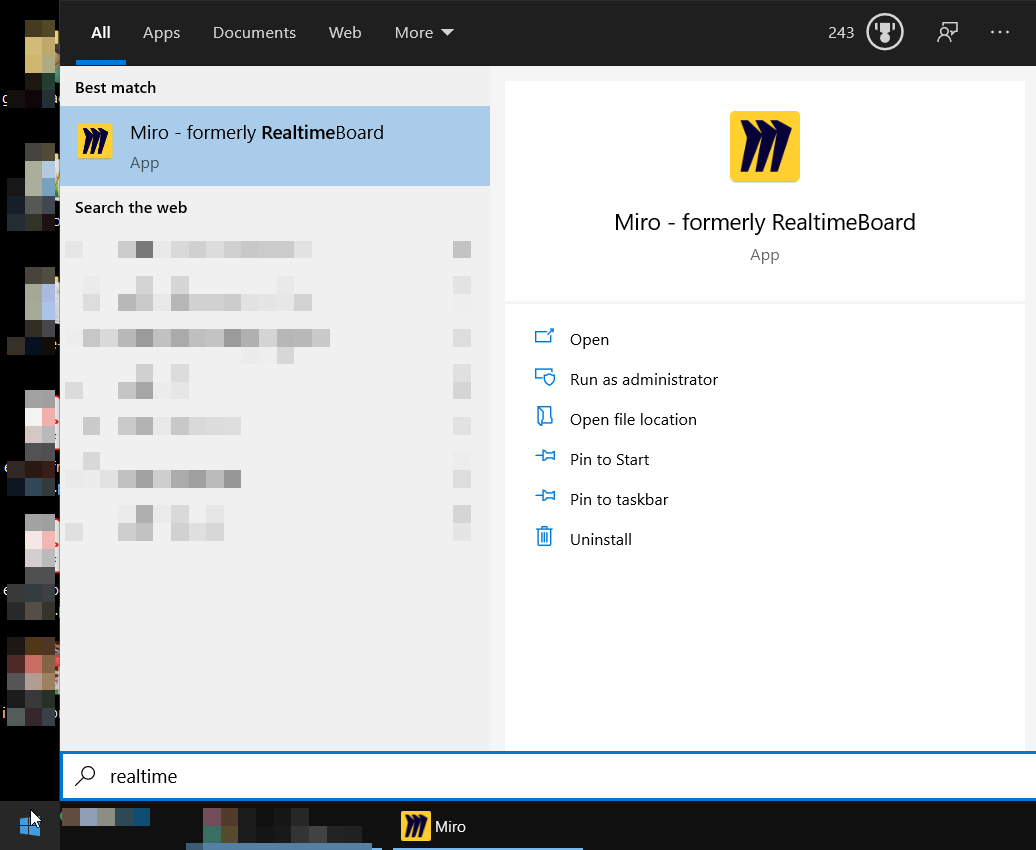I’ve been testing installs of the Windows 64-bit desktop application for our Windows 10 desktop users in our corporate environment. The application installs successfully into my user account, and I see the application listed in Programs & Features, but there isn’t a Start menu entry nor is there a desktop shortcut icon. Is this the expected behavior?
Our end users do not have admin rights on their company-owned devices, so I’m wondering what is the normal/expected way of launching the application. Thanks.




